Electrotherapy
Back to services
Current Guidelines and Evidence
- Electrotherapy as an Adjunct, Not a Standalone Treatment
- Modern physiotherapy practice now emphasizes that electrotherapeutic modalities should be used as adjuncts to exercise therapy, manual therapy, and patient education—not as the sole treatment. This shift is driven by evidence showing that active interventions and patient engagement are central to effective rehabilitation and long-term outcomes
- Major organizations (WHO, World Physiotherapy) recommend that non-physical interventions form the foundation of physiotherapy treatment plans. Electrotherapy should only be applied when robust, condition-specific evidence supports its use.
- Condition-Specific Evidence for Modalities
- Functional Electrical Stimulation (FES): Supported for improving mobility in adults with lower limb impairment due to upper motor neuron lesions (e.g., spinal cord injury), provided specific clinical criteria are met.
- TENS (Transcutaneous Electrical Nerve Stimulation):
- Can reduce pain in acute musculoskeletal injuries and neuropathic pain, but the evidence is generally low-certainty and supports short-term pain relief only.
- High-frequency TENS is effective for segmental pain control; low-frequency TENS may be less effective in opioid-tolerant patients.
- TENS should be used as part of a comprehensive rehabilitation program, not in isolation.
- Interferential Current (IFC):
- IFC and TENS both show significant improvement in pain and function for chronic low back pain, but neither is clearly superior. Both are best used alongside exercise and other therapies.
- Extracorporeal Shockwave Therapy (ESWT):
- ESWT remains popular for conditions like Achilles tendinopathy, though evidence is mixed and not wholly endorsing its use.
- ESWT may be more effective for deeper tissue injuries compared to ultrasound, due to greater penetration and force.
- Ultrasound Therapy:
- Often grouped with electrotherapy, but evidence for its effectiveness is variable and generally less robust than for other modalities [springer.com]
- Comparative Effectiveness and Practical Considerations
- Recent systematic reviews suggest that for neck pain, the effectiveness of biophysical agents ranks as follows: high-intensity laser therapy (HILT), ESWT, IFC, TENS, low-level laser therapy (LLLT), and therapeutic ultrasound [springer.com]
- Penetration efficiency: Combined therapy with pulsed ultrasound and IF current (CTPI) may reach deeper tissues more effectively than TENS or IFC alone, which is relevant for treating patients with greater adipose tissue. [academic.oup.com]
- Patient Education and Avoiding Dependency
- Guidelines stress the importance of educating patients about the role and limitations of electrotherapeutic interventions. These modalities should facilitate participation in active treatment programs and self-management strategies, not foster dependency.
- Absolute Contraindications
- Pacemakers or implanted electronic devices:
Electrotherapy can interfere with the function of pacemakers, defibrillators, or other implanted devices.
- Pregnancy (over the abdomen or lower back):
Avoid using electrotherapy in these areas due to potential risks to the fetus.
- Malignancy (cancerous tissue):
Do not apply electrotherapy over known or suspected malignant tumors.
- Thrombosis or thrombophlebitis:
Avoid areas with blood clots or inflammation of veins, as stimulation may dislodge a clot.
- Active infection or open wounds:
Do not use over infected or non-healed tissue.
- Areas of impaired sensation:
Patients who cannot feel the stimulation may be at risk of burns or injury.
- Epilepsy:
Avoid using electrotherapy on the head or neck in patients with epilepsy.
- Relative Contraindications / Precautions
- Metal implants:
Use caution, especially with modalities that generate heat (e.g., diathermy, ultrasound).
- Cardiac disease:
Avoid application near the heart or in patients with unstable cardiac conditions.
- Areas of recent radiotherapy:
Avoid using electrotherapy over tissues that have recently received radiation.
- Over the carotid sinus or anterior neck:
Stimulation in these areas can affect blood pressure or cause reflex responses.
- Children or individuals unable to communicate discomfort:
Use with caution and close supervision.
For more information on the conditions we treat and services we offer, or to book an appointment please call
020 8847 1887 or email us at reception@ealingphysio.co.uk







